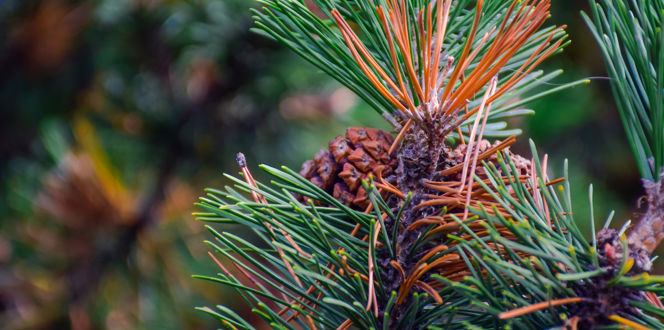Powdery Mildew on Trees & Shrubs Description:
Powdery mildews, caused by numerous species of fungi, create a white powdery appearance on landscape plants.
Hosts:
Landscape plants of various species are susceptible to powdery mildew. Commonly affected plants include:
- Rhododendron
- Birch
- Holly
- Lilac
- Dogwood
Biology & Symptoms:
In late summer or early fall, powdery mildew appears as a gray or white powdery substance on the surface of leaves, stems, fruits, and flowers. Foliage may eventually discolor and drop prematurely if not treated. The fungus overwinters on fallen leaves and debris. Spores spread in the spring, infecting plants that are experiencing new growth.
Powdery Mildew Management:
Although powdery mildew is not serious or difficult to manage the problem, it can be unsightly. Early recognition is best to prevent severe damage. Removing dead and diseased leaves and fungicidal treatments can help stop the disease from spreading. Prevention through proper spacing when planting new plants, giving them enough room in between to avoid cross-contamination, can also help keep your landscape healthy.





